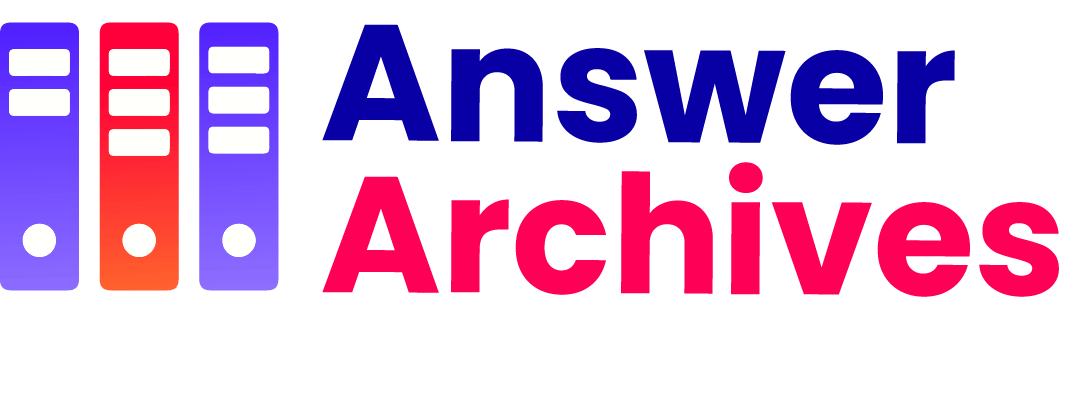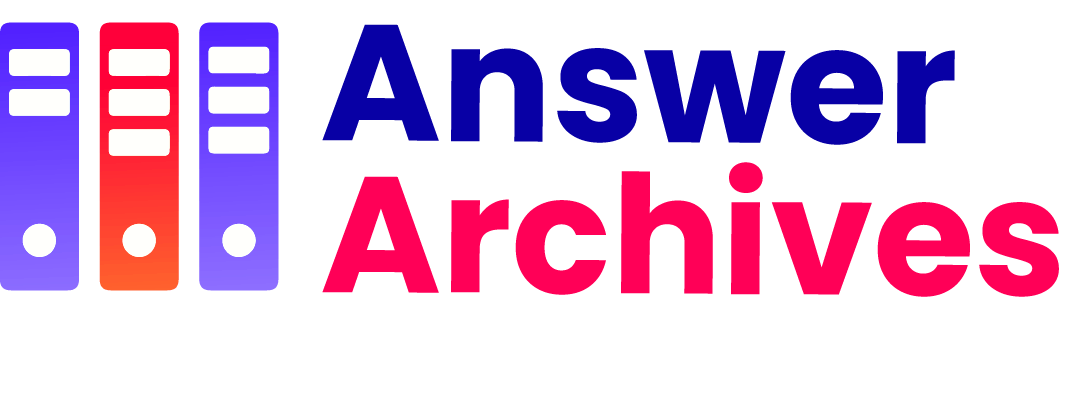Table of Contents
Nursing education is undergoing a significant transformation with the rise of e-learning programs. This new approach is enhancing accessibility, flexibility, and learning outcomes for students.
The Evolution of Nursing Education
Nursing education has traditionally relied on in-person classes and hands-on clinical experience. However, this method has limitations, including geographical constraints and scheduling conflicts. The adoption of e-learning programs has revolutionized how nursing students can pursue their education. These online platforms provide a more flexible and accessible way for individuals to learn, offering high-quality education without the need for physical presence in a classroom. E-learning in nursing education also allows for a more personalized learning pace, catering to the diverse needs of students.
Flexibility and Convenience
One of the most significant benefits of e-learning in nursing education is the flexibility it offers. Students can access course materials and lectures at any time, which is particularly beneficial for those balancing work, family, and education. With e-learning, students can study at their own pace, review difficult concepts multiple times, and complete coursework around their busy schedules. This flexibility helps reduce stress and improve learning outcomes, making education more attainable for a broader range of individuals.
Interactive and Engaging Content
E-learning platforms in nursing education utilize interactive content to enhance learning. These programs often include video demonstrations, virtual simulations, and interactive quizzes, which make learning more engaging and effective. Virtual simulations are particularly valuable in nursing education, as they provide a safe and controlled environment for students to practice clinical skills. These interactive elements not only make learning more enjoyable but also help reinforce core concepts and improve retention.
Access to a Wealth of Resources
E-learning programs offer students access to a vast array of resources that may not be available in traditional classroom settings. Online libraries, academic journals, and instructional videos are readily accessible to students, providing a comprehensive educational experience. Additionally, e-learning platforms often include forums and discussion boards where students can interact with peers and instructors, fostering a sense of community and collaboration. This access to diverse resources enriches the learning experience and supports students in achieving their educational goals.
Cost-Effectiveness
E-learning in nursing education can be more cost-effective than traditional classroom-based programs. Online courses often eliminate the need for commuting, on-campus housing, and other expenses associated with attending a physical institution. Additionally, many e-learning programs offer digital textbooks and resources, which can reduce the cost of study materials. This cost-effectiveness makes nursing education more accessible to those who may have financial constraints, enabling a broader range of individuals to pursue a career in nursing.
Adapting to Technological Advances
Nursing education must adapt to technological advances to remain relevant and effective. E-learning programs incorporate the latest technologies to provide students with up-to-date knowledge and skills. For example, telemedicine and electronic health records are becoming increasingly important in healthcare, and e-learning programs can offer training in these areas. By integrating current technologies into the curriculum, e-learning programs prepare nursing students for the evolving landscape of healthcare.
Challenges and Solutions for E-Learning
While e-learning offers many benefits, it also presents challenges that must be addressed. Technical issues, such as unreliable internet connections and outdated devices, can hinder the learning experience. Moreover, some students may struggle with self-discipline and time management in an online learning environment. To overcome these challenges, institutions can provide technical support and resources to ensure students have the tools they need for success. Additionally, implementing structured schedules and regular check-ins can help students stay motivated and on track.
Future Prospects of E-Learning in Nursing
The future of e-learning in nursing education looks promising. As technology continues to advance, e-learning programs will become even more sophisticated and immersive. Innovations such as virtual reality and artificial intelligence hold the potential to further enhance the learning experience. Moreover, the demand for nurses is expected to grow, and e-learning can help meet this demand by providing accessible and flexible education options. The integration of e-learning in nursing education is likely to become more widespread, paving the way for a new generation of well-prepared nursing professionals.
Conclusion
In conclusion, e-learning is transforming nursing education by offering flexibility, accessibility, and an enriched learning experience. This modern approach addresses many of the limitations of traditional education methods, making it possible for a diverse range of students to pursue a career in nursing. By providing interactive and engaging content, access to a wealth of resources, and cost-effective solutions, e-learning programs are equipping future nurses with the knowledge and skills they need to excel. Despite the challenges, the continuous evolution and adaptation of e-learning technologies promise a bright future for nursing education. As the healthcare landscape continues to change, e-learning will play a crucial role in preparing competent and confident nursing professionals ready to meet the demands of their profession.


